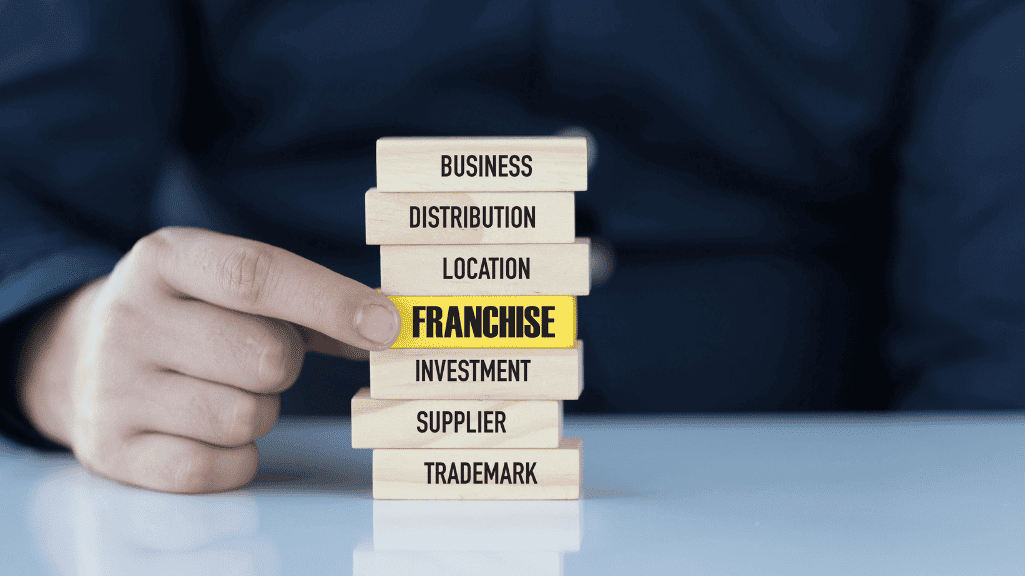Discover the essentials of exit strategy planning for businesses to ensure a smooth transition. Learn the key steps, types, and financial considerations to minimize risks and maximize returns.
For business owners, exit strategy planning is an essential step in securing long-term success. A well-planned exit strategy allows you to transition ownership smoothly, protect your financial interests, and achieve desired outcomes, whether through a sale, merger, or succession.
Why Every Business Needs an Exit Strategy
Having a clear exit strategy is vital for any business, no matter its size or industry. Exit strategies provide a structured plan for transferring ownership while preserving value and protecting assets. With a robust exit plan, business owners can:
- Optimize financial returns
- Reduce potential risks during the transition
- Ensure continuity for employees and clients
Effective exit planning is often supported by professional financial consulting to align the strategy with your long-term goals.

Key Steps in Exit Strategy Planning for Businesses
Planning a successful business exit involves several crucial steps:
- Define Your Objectives: Establish what you want from the exit, whether it’s financial gain, continued business legacy, or smooth transition.
- Evaluate Business Value: Get an accurate valuation to understand the market worth of your business.
- Develop a Timeline: Define when and how the exit will take place.
- Consult Financial Advisors: Engage experts in tax planning to maximize the financial efficiency of your exit.
- Create a Transition Plan: Prepare an operational plan to ensure a seamless handover.
Following these steps will help establish a practical and effective strategy for your business exit.
Types of Exit Strategies and Their Benefits
Various exit strategies exist, each offering unique advantages depending on your business type and objectives:
- Merger or Acquisition: Selling to a competitor or larger company can yield substantial financial returns.
- Family Succession: Transitioning ownership to a family member ensures continuity and legacy.
- Management Buyout: Allows the internal team to take ownership, maintaining stability.
- Liquidation: In cases where a sale isn’t possible, liquidation might be the best option.
Choosing the right exit strategy is key, and expert business structure advisory can help you determine which path best aligns with your goals.

Financial Considerations for a Successful Business Exit
Exiting a business brings important financial decisions that impact profitability and future stability. Key considerations include:
- Tax Implications: Working with tax management experts can help minimize tax burdens.
- Valuation Accuracy: Ensure an accurate valuation to avoid losses during the sale.
- Debt Management: Clear outstanding debts to increase appeal to potential buyers.
Engaging with skilled advisors can help streamline these considerations, safeguarding financial returns during the exit.
How to Minimize Risks During the Exit Process
To ensure a secure and smooth transition, it’s essential to mitigate risks. Strategies to consider:
- Thorough Due Diligence: Conduct audits to prevent surprises during the sale.
- Contractual Protections: Draft agreements that protect your interests.
- Secure Confidential Information: Protect sensitive data to maintain business integrity.
Working with professional consultants in financial and legal compliance can safeguard against potential pitfalls in the exit process.

Start Your Exit Planning with YCCTAX
Effective exit strategy planning for businesses is essential for a smooth transition and maximized returns. YCCTAX provides expert guidance in every step of your exit planning journey. For tailored assistance, visit our services page or reach out directly via our contact page to begin planning your exit strategy with confidence.








